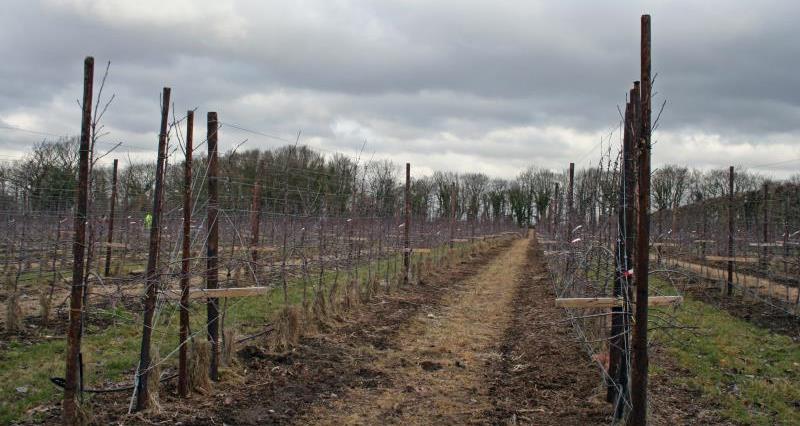Coal-tar creosote has been used as a wood preservative since 1838. It is used across agriculture to provide a cost-effective and reliable service life in tree stakes, poles and animal fencing.
Future use of Creosote тАУ have your say
31 October 2024

HSE has launched a public consultation on the future of Creosote, so the NFU is seeking feedback from members on its importance to their businesses.
31 October 2024
NFU member feedback sought
╗╩╝╥╗к╚╦plant health team also needs to hear your feedback, to help inform our response to the Future of Creosote consultation.
Any information you provided us would be anonymised before being used as part of our response to the consultation.
Please select the link below to submit your views.
Future use of Creosote тАУ have your say
Closing date: 18 November 2024
24 September 2024
Creosote consultation opens
While the EU banned the amateur use of Creosote in 2003 because of concerns around impacts on human health and the environment, other professional and industrial uses were allowed to continue.
In April 2023, these uses were restricted in the EU under the Biocidal Products Regulation (BPR) to use as a wood preservative for railway sleepers and utility poles (for electricity and telecommunications) only.
Meanwhile, under the GB BPR, professional uses of Creosote have continued to be approved for railway sleepers, highway fencing, utility poles, and stakes, poles, and fencing for agricultural use products. Several creosote products are currently available, with authorisation expiry dates of 1 May 2026 (you can ).
HSE is currently assessing whether the GB authorisation for Creosote should be renewed. Hazards associated with Creosote mean, it doesnтАЩt meet some assessment requirements. However, it may still be possible to renew its approval if it can be shown that Creosote is тАШessential to prevent a serious danger to human or animal healthтАЩ, or that not approving it тАШwould have a disproportionate negative impact on society compared to the risksтАЩ.
If you use creosote-treated stakes, poles or fencing in agricultural, horticultural (e.g. orchards or hop gardens), or equine situations and consider its use as essential for the reasons above, your input to the public consultation is vital to ensure the continued availability of Creosote for these uses. HSE will need to see sufficient evidence and support from users to consider renewing the GB authorisation to use Creosote for treating stakes, poles, and fencing.
The HSE public consultation is available here:
It closes 24 November 2024.
It calls for evidence around the issue of Creosote, and does this under two broad categories тАУ , and (there are also
Your response to the consultation is vital to support the future use of Creosote to treat agricultural fencing, wooden posts, poles, stakes or supports.
Points to cover in your response could include:
- the uses of creosote-treated fencing, wooden posts, poles, stakes or supports in your business
- any information about the economic benefits of using Creosote, such as cost savings or lifespan of treated products
- whether or not alternatives are available, and any information/trials data assessing the effectiveness and/or cost of alternatives
- information about measures in place to manage risks associated with use of Creosote
Submit your information to the HSE public consultation using the relevant links above.
Ask us a question about this page
Once you have submitted your query someone from NFU CallFirst will contact you. If needed, your query will then be passed to the appropriate NFU policy team.